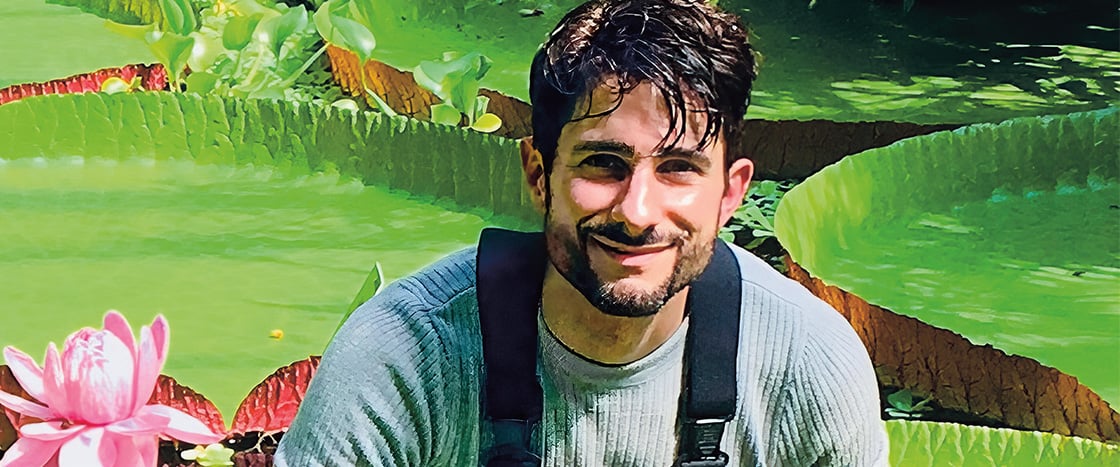As a kid, Chris Thorogood loved looking at unusual plants in books. One of his favorites was Rafflesia (ruh-FLEE-zhuh). This group of plants produces large red, spongy petals. Some species have flowers that are three feet wide. The blooms reek like rotting meat! This stinky scent attracts flies, which then help spread the flower’s pollen. That’s why this plant’s nickname is the corpse flower.
“I thought, ‘Wow, I would love to set eyes on a plant that magnificent one day,’” says Thorogood.
As a kid, Chris Thorogood loved looking at unusual plants in books. One of his favorites was Rafflesia (ruh-FLEE-zhuh). This group of plants has large red, spongy petals. Some species have flowers that are three feet wide. The blooms smell like rotting meat! This stinky scent attracts flies. They help spread the flower’s pollen. That’s why the plant’s nickname is the corpse flower.
“I thought, ‘Wow, I would love to set eyes on a plant that magnificent one day,’” says Thorogood.

